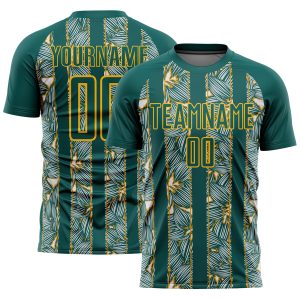WELL COME TO AQUATIC BUDDY
Your number one sour for trusted information on Beta fish
New Arrival !
3D Basketball Jersey
$40.98
3D Hockey Jersey
$40.98
Racerback Tank
$34.49
Crewneck Sweatshirt
$45.98
3D Basketball Jersey
Michael Jordan Chicago Bulls ’97 Authentic Mitchell&Ness Road Finals NBA Jersey
$40.98
3D Hockey Jersey
CUSTOM MIDNIGHT GREEN GOLD FLOWERS SUBLIMATION SOCCER UNIFORM JERSEY
$40.98
Racerback Tank
$34.49
Crewneck Sweatshirt
Pittsburgh Steelers Primary Colour Wordmark Crew Sweatshirt – Mens
$45.98








